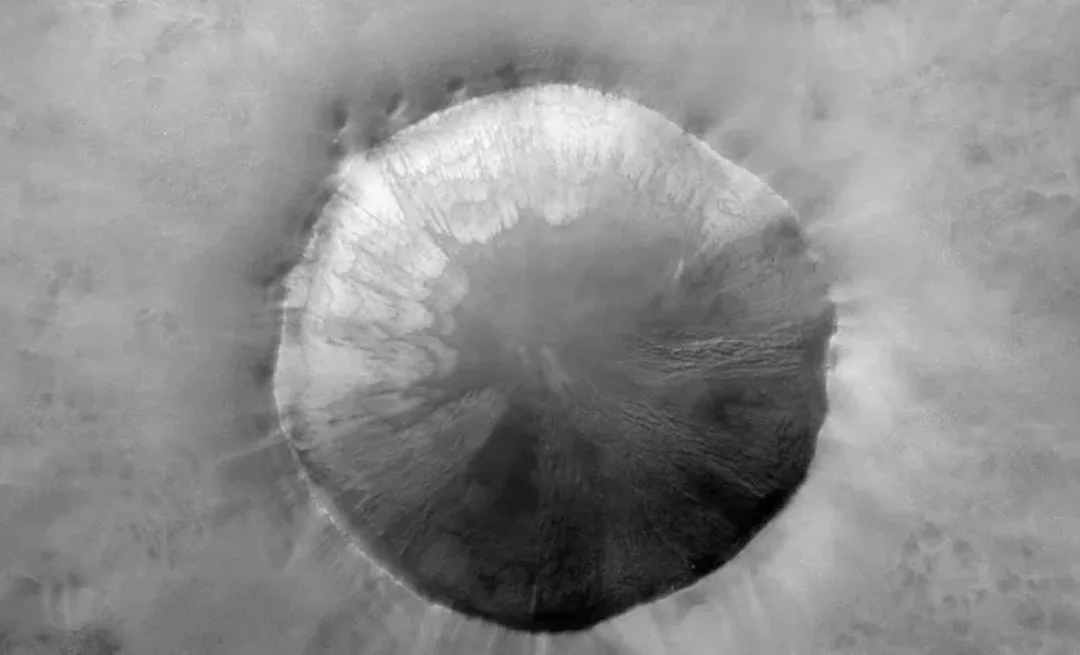
“Paint Dripping” on Mars? NASA Satellite Reveals Earth-Like Soil Patterns, Sparking Climate History Debate
New discoveries from NASA's Mars Reconnaissance Orbiter (MRO) are turning heads and prompting fascinating comparisons between the Red Planet and Earth. High-resolution images are revealing wave-like soil formations on the Martian surface that strikingly resemble “paint dripping down a wall,” a phenomenon well-known on our own planet in cold, mountainous regions. This is leading scientists to consider shared geological processes and what it might mean for Mars' past climate.
The research, published in Icarus, highlights the similarities between these Martian landforms and solifluction lobes found in Earth's Arctic and Rocky Mountains. These lobes are slow-moving soil flows caused by the cyclical freezing and thawing of ground ice.

"Understanding how these patterns form offers valuable insight into Mars' climate history, especially the potential for past freezing and thawing cycles," explained lead author JohnPaul Sleiman from the University of Rochester. Determining whether these formations are recent or ancient is a key next step.
Intriguingly, the Martian lobes are significantly larger than their Earthly counterparts, averaging 2.6 times taller. Researchers attribute this to Mars' lower gravity, which allows sediment waves to accumulate more before collapsing.
Rachel Glade, a co-author of the study, offered a compelling analogy: "These patterns are large, slow-moving, granular examples of common patterns found in everyday fluids, like paint dripping down a wall." This comparison beautifully illustrates the fluid-like behavior of the soil movement.
However, the presence of liquid water in the formation of these Martian structures remains a crucial question. While the morphological similarities to Earth suggest a freeze-thaw process, satellite data can't confirm water's involvement. Future lab simulations are needed to determine if both ice and liquid water are required to replicate the observed patterns. The study authors emphasize that the evidence currently only supports the involvement of ground ice, leaving the question of active hydrological processes open.
The Martian findings are located at high latitudes, following the same geometry seen in Earth's solifluction lobes. The discovery aligns with previous hypotheses that Mars may have experienced similar freeze-thaw conditions during its climatic evolution. If Mars experienced similar conditions in its past, that could point to periods when water, or life-friendly environments, were more common on the planet.
What does this discovery mean for our understanding of Mars’ potential for past life? Does this suggest Mars was once much more similar to Earth than previously thought? Further research is crucial. Share your thoughts in the comments!